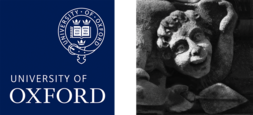© 2018 Elsevier Ltd Gelatin extracted from archaeological fish bones typically exhibits relatively high C/N ratios, presumed to be caused by contamination with lipids or humic substances. The effects of lipid extraction and different collagen extraction methods applied has been studied on modern fish bones but has never been studied systematically on archaeological specimens because of taphonomic and experimental reasons. In this study, the effects of lipid extraction and order of NaOH treatment in collagen extraction method on carbon and nitrogen stable isotope analysis of archaeological fish bone (n = 30) excavated from the Hamanaka 2 site, Hokkaido, Japan (approximately 8th BC–10th AD) is investigated. Gelatin extracted from the same fish bone subsamples with or without lipid extraction procedure indicates neither significant nor systematic differences in carbon and nitrogen stable isotope ratios, elemental concentrations, C/N ratios, and yield. However, reproducibility of stable isotope ratios and elemental concentrations decrease in gelatin extracted from poorly-preserved cod bones (



